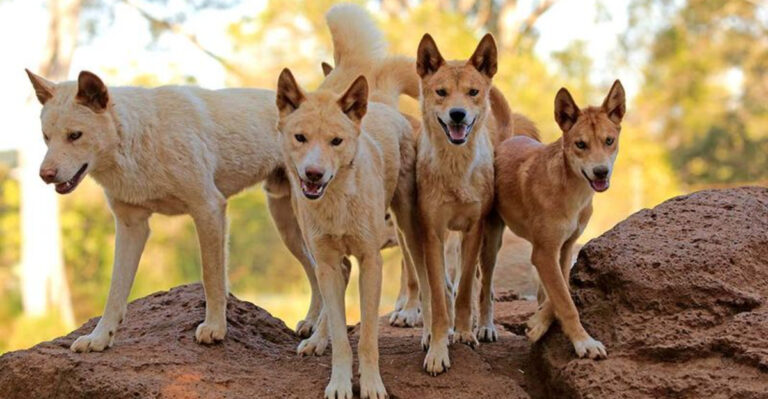Why Rewilding Predators Is More Complicated Than It Sounds
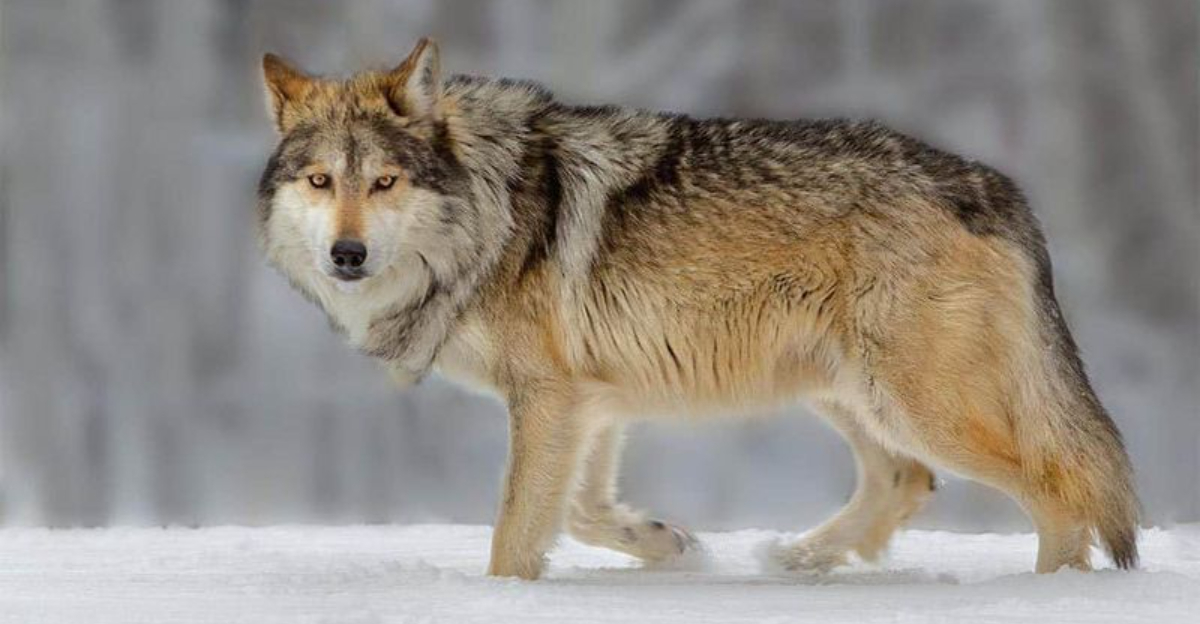
Imagine bringing wolves back to forests where they once roamed freely. Sounds like fixing nature’s balance, right? Rewilding predators means reintroducing animals like wolves, bears, and big cats to areas where they’ve disappeared.
While this helps restore ecosystems, it’s far from simple – these projects come with surprising challenges that affect wildlife, people, and landscapes.
1. Ecosystem Ripple Effects

One wolf can change an entire forest! When Yellowstone got its wolves back in 1995, elk stopped lounging in valleys, allowing willow trees to grow again. This invited beavers back, creating ponds that helped other animals thrive.
Scientists call these cascading changes ‘trophic cascades’ – when top predators reshape entire ecosystems from top to bottom.
2. Farmer-Predator Conflicts

Ranchers don’t exactly roll out the welcome mat for wolves or mountain lions. When a family’s livelihood depends on livestock, losing even a few animals to predators can be devastating.
While compensation programs exist, they rarely cover the full value of lost animals or the emotional toll. Building trust with farming communities remains one of rewilding’s toughest hurdles.
3. Genetic Bottlenecks
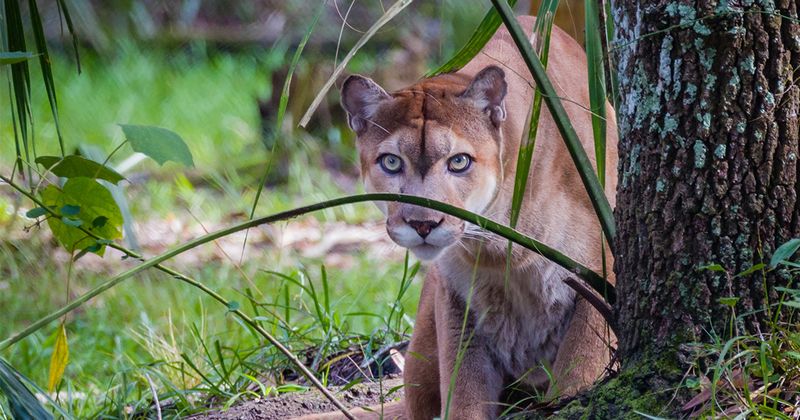
Starting a new population with just a handful of animals is like building a house with limited materials. Small founder populations often lack genetic diversity, making them vulnerable to diseases and environmental changes.
Florida panthers faced this problem until scientists brought in Texas cougars to refresh their gene pool. Smart rewilding requires careful genetic planning to avoid inbreeding troubles.
4. Historic Range Mysteries

Where did these animals actually live before humans pushed them out? Sometimes we simply don’t know! Historical records can be spotty, especially for species that disappeared centuries ago.
Without clear maps of original territories, conservationists debate where rewilding makes ecological sense. This guesswork adds controversy to already complicated projects.
5. Human Fear Factor

Fear runs deeper than facts when it comes to large predators. Even though your odds of being attacked by a wolf are incredibly slim – less likely than being struck by lightning – deeply rooted fears persist.
Public education campaigns often struggle against centuries of folklore and fairy tales. Managing human psychology becomes as important as managing the animals themselves.
6. Habitat Fragmentation Challenges
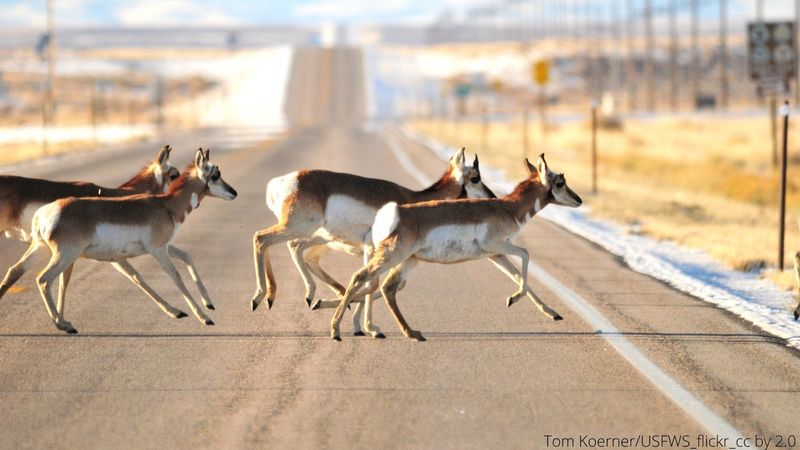
Wolves need room to roam – lots of it! Modern landscapes are chopped up by highways, farms, and suburbs that didn’t exist when predators last ruled these areas. A wolf might need up to 1,000 square miles of connected territory.
Finding enough connected wild spaces in today’s world often means creating wildlife corridors – expensive projects requiring cooperation across multiple landowners.
7. Surprising Prey Responses
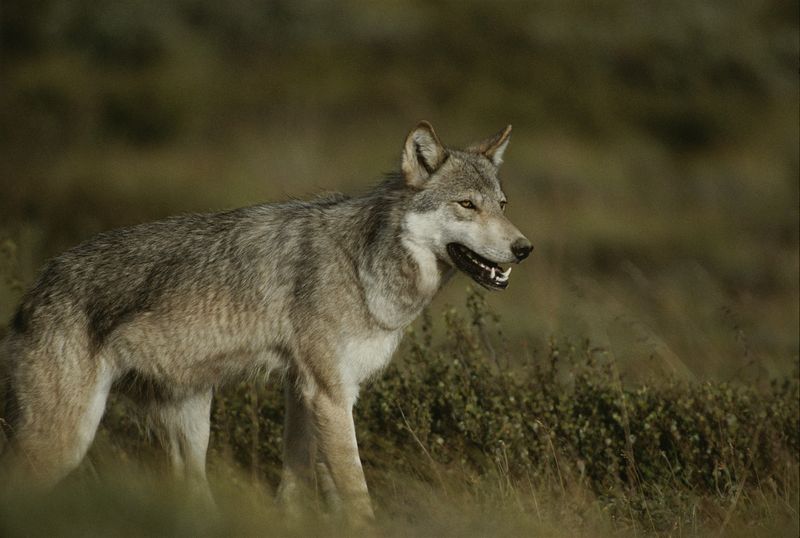
Sometimes prey animals don’t read the scientific playbook! When lynx were reintroduced in certain areas, scientists expected rabbit populations to decline. Instead, rabbits changed their behavior – becoming more nocturnal and cautious.
These adaptations can lead to unexpected outcomes that challenge our predictions about how rewilding will affect ecosystems.
8. Legal Labyrinths

Rewilding gets tangled in red tape faster than a fox in a thornbush! Endangered species protections, land use regulations, and hunting laws create a maze of legal hurdles. The Mexican gray wolf reintroduction spent decades in courts before a single wolf was released.
Different rules across state and national boundaries further complicate matters when predators inevitably cross these invisible lines.
9. Tourism Double-Edge

Wolf-watching tours in Yellowstone bring in millions of tourism dollars annually. While this economic boost helps win local support, it creates new problems. Increased traffic stresses roads and facilities.
Habituated predators losing their fear of humans can lead to dangerous encounters. Finding the sweet spot between economic benefit and wildlife protection requires constant adjustment.
10. Climate Change Complications
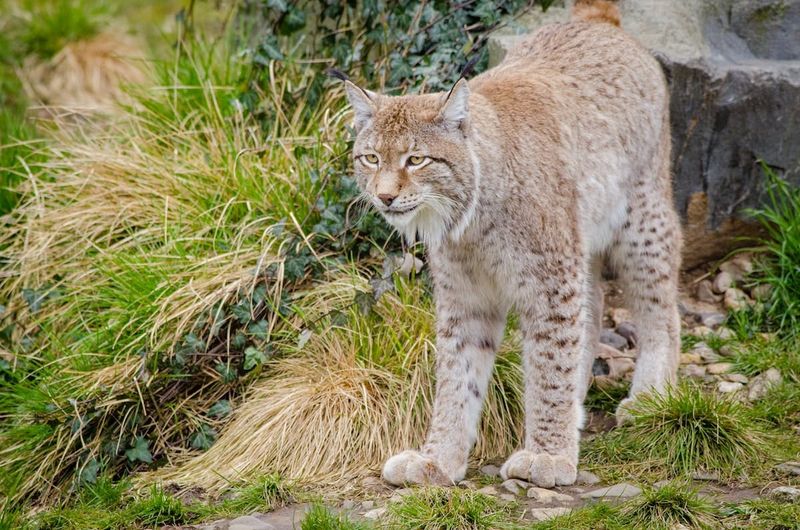
Just as we’re bringing predators back, their habitats are changing beneath their paws! Rising temperatures shift vegetation patterns, affecting everything from prey availability to den sites.
Lynx that hunt snowshoe hares face particular challenges as snow patterns change. Rewilding plans now must anticipate not just current conditions but how ecosystems might transform in coming decades.
11. Mesopredator Release Effects
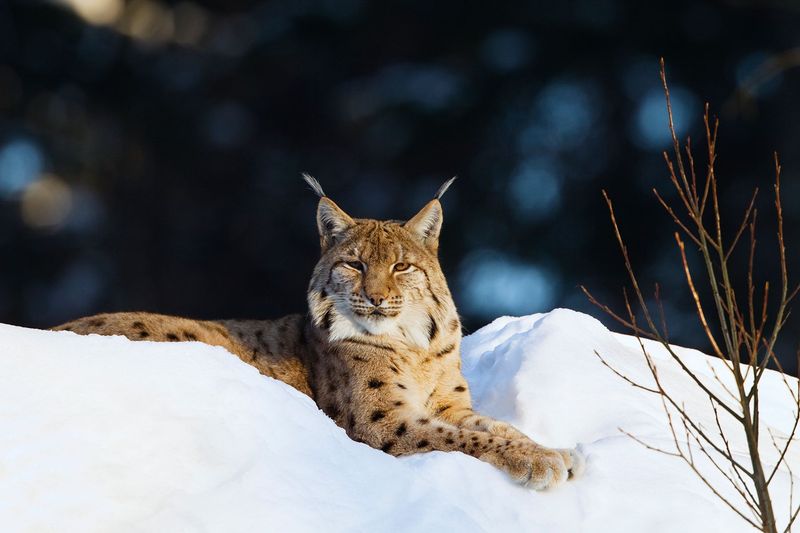
Nature abhors a vacuum, especially in the predator department! When top predators disappeared, medium-sized hunters like coyotes and raccoons often boomed in numbers – a phenomenon called “mesopredator release.”
Bringing back apex predators can crash these populations, causing unexpected ripple effects. Some smaller species might benefit while others suddenly face new pressures.
12. Cultural Divides
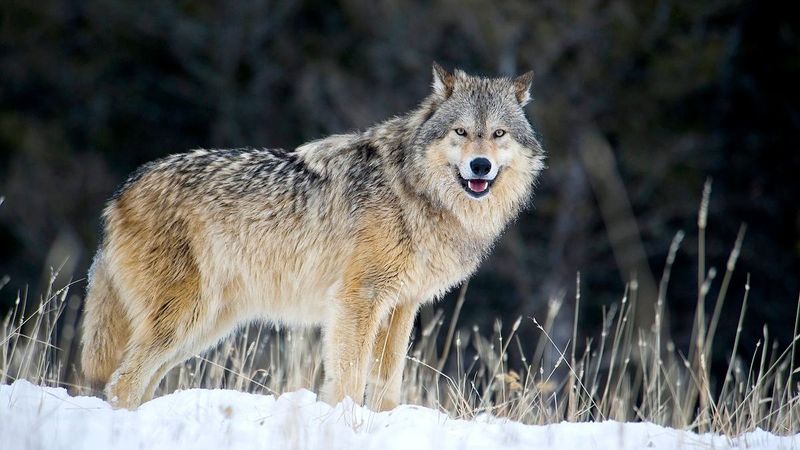
Rural and urban communities often see rewilding through completely different lenses. City dwellers might romanticize wolves from afar, while rural residents face practical concerns about safety and livelihoods.
These cultural divides can derail even scientifically sound projects. Successful rewilding increasingly depends on bringing diverse stakeholders to the table early and often.
13. Funding Fluctuations
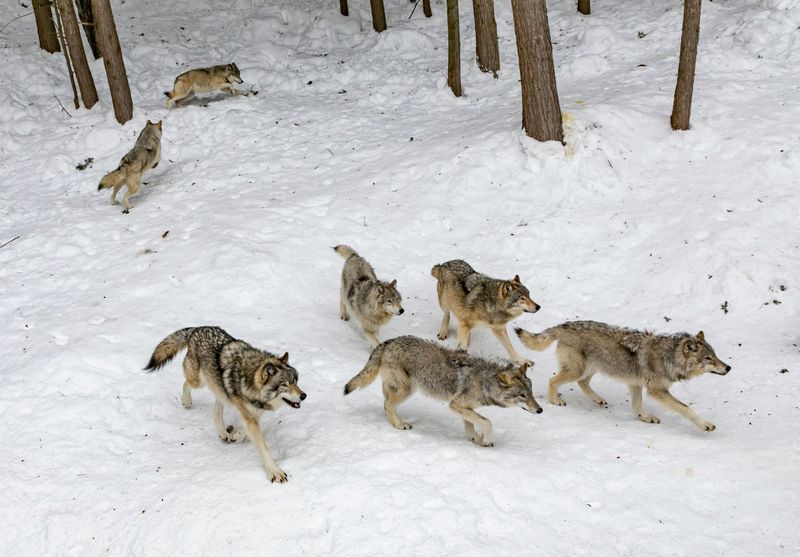
Rewilding isn’t a one-and-done deal – it requires decades of monitoring, management, and community engagement. When initial excitement fades, funding often dries up too.
Many projects struggle to maintain momentum through political and economic changes. Long-term success depends on sustainable financing mechanisms that outlast election cycles and changing conservation fashions.
14. Disease Transmission Concerns
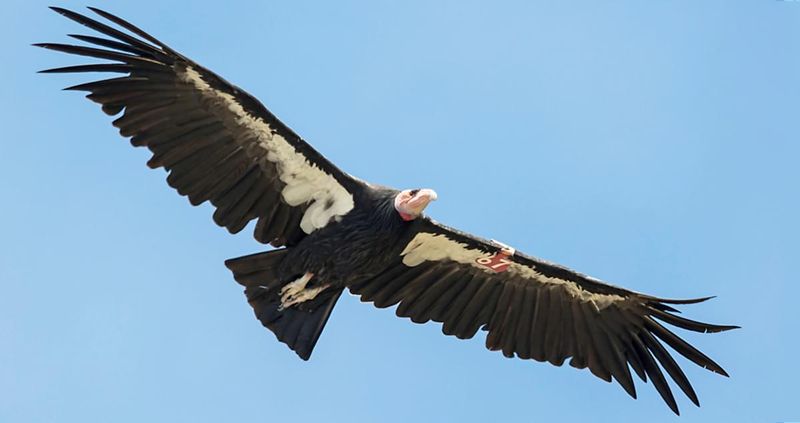
Moving animals means moving their microbes too. Captive-bred or relocated predators can introduce new diseases to wild populations or livestock. California condors nearly went extinct partly due to lead poisoning.
Before their reintroduction, extensive testing for pathogens became standard practice. Health screening adds complexity but remains essential for responsible rewilding.
15. Success Measurement Debates
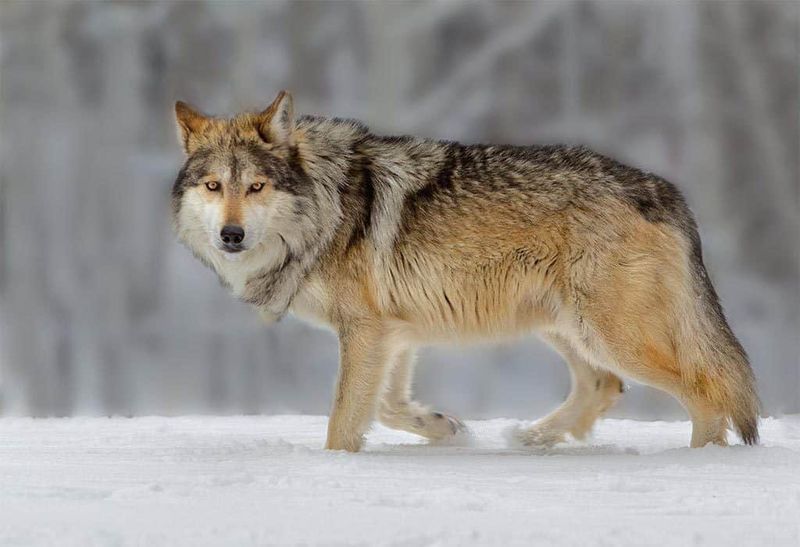
When can we pop the champagne and call a rewilding project successful? Scientists disagree! Is it when predators reproduce in the wild? When they reach a certain population? Or when ecosystem functions return?
These debates aren’t just academic – they determine when protections might be relaxed and how resources are allocated. Defining success remains one of rewilding’s most contentious aspects.





